Do you have a question about the Ropex Resistron RES-5011 and is the answer not in the manual?
Specifies approved applications, limitations, and general safety information for the controller.
Details requirements for heatsealing bands for reliable and safe operation.
Lists standards and directives the controller complies with, and CE marking implications.
Lists common applications for the RESISTRON controller in sealing and cutting thermoplastics.
Step-by-step guide for the initial installation of the RESISTRON temperature controller.
Details the electrical power supply requirements and safety considerations.
Shows the standard wiring connections for the RESISTRON controller.
Illustrates wiring for systems requiring a booster connection.
Identifies the main components and interfaces of the RESISTRON controller.
Explains how to configure the controller's settings via switches and software.
Outlines the steps for initial power-up, calibration, and startup of the controller.
Describes the meaning of the device's LEDs and their operating states.
Details how the controller communicates via the EtherNet/IP™ interface.
Explains the data sent from the scanner to the RESISTRON controller.
Describes the data sent from the RESISTRON controller to the scanner.
Lists and describes the device's configurable parameters and their attributes.
Provides access to status information and parameters via a web interface.
Provides a comprehensive list of error codes and their meanings.
Helps identify and troubleshoot specific fault areas and their root causes.
Outlines the default factory settings for key controller parameters and functions.
Provides detailed electrical, environmental, and physical specifications of the controller.
Describes available modifications for specialized heatsealing applications.
| Number of Inputs | 1 |
|---|---|
| Output | Relay |
| Supply Voltage | 24 V AC/DC |
| Display Type | LED |
| Operating Temperature | 0 to 50 °C |
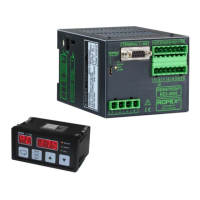
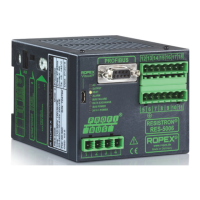
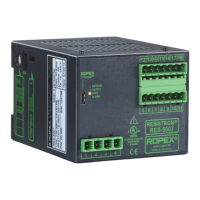


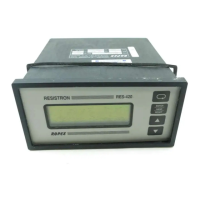
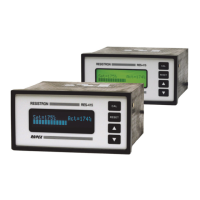
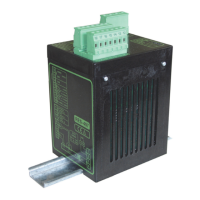
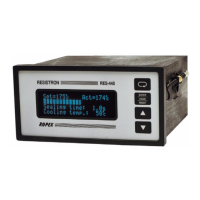
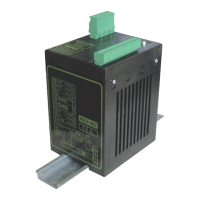
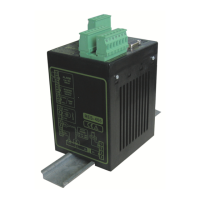
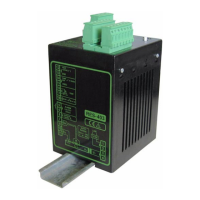
